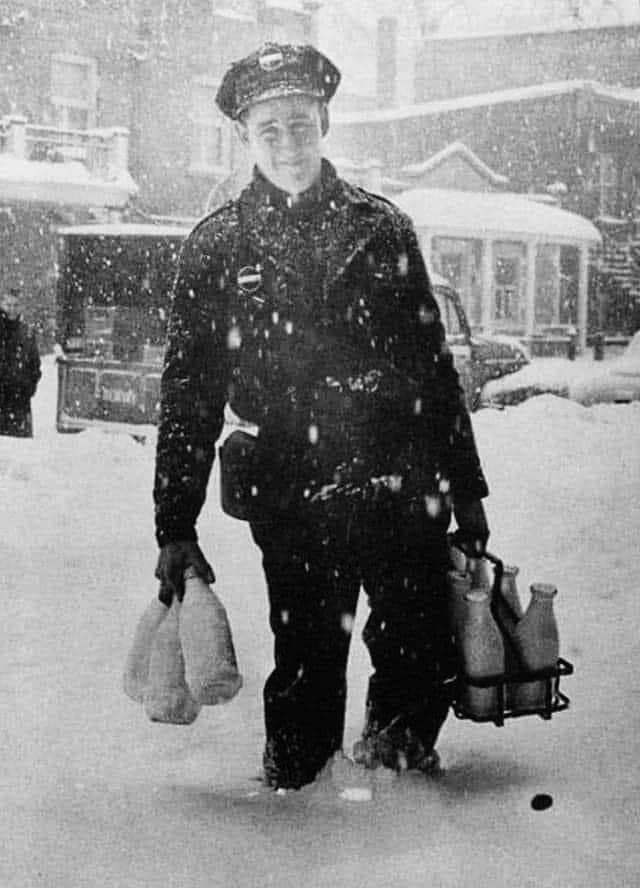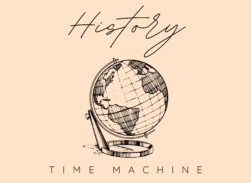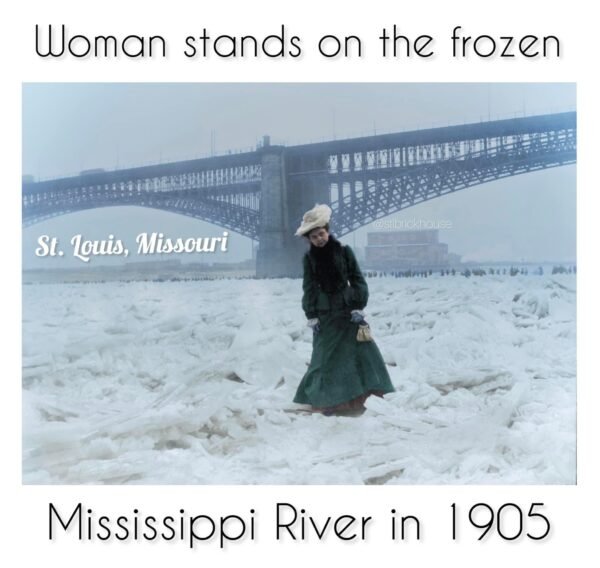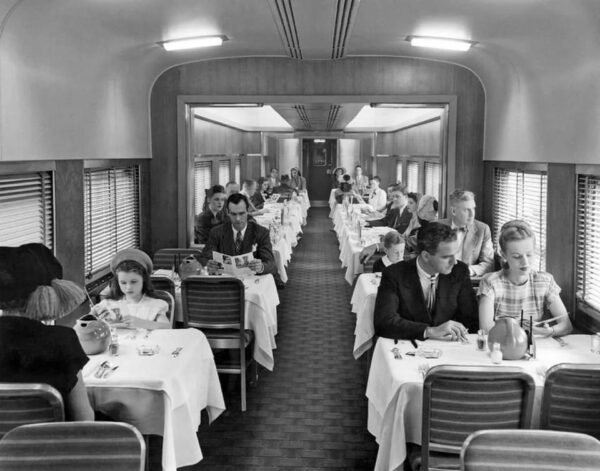In the 1950s, the milkman was a familiar sight in neighborhoods across America. Their role was more than just a job; it was an integral part of the community’s daily life. Let me take you through a typical day in the life of a 1950s milkman, a profession that has since faded into nostalgia.

Early Morning Start
Before the crack of dawn, the milkman’s day would begin. Waking up in the early hours, they would head to the local dairy to collect fresh milk. This milk was often sourced from nearby farms, ensuring that the community received the freshest product possible.
Preparing the Milk Run
The milkman would load up their delivery vehicle, typically a small truck or a horse-drawn cart, with bottles of milk. In addition to milk, they often carried other dairy products like butter, cream, and sometimes even eggs or cheese. The route each milkman took was known as the ‘milk run,’ a path they became intimately familiar with over time.
The Art of Delivery
As the sun rose, the milkman would start their rounds. They knew each customer’s preferences – who needed an extra bottle, who preferred buttermilk, and who would leave a note asking for additional items. Houses often had a small milk-delivery door or a box where the milkman would place the bottles. The sound of clinking glass bottles was a morning staple in every neighborhood.
More Than Just a Delivery Person
The milkman of the 1950s was more than just a delivery person; they were a part of the community. They knew everyone on their route, often stopping for a quick chat, sharing local news, or helping out in small ways. For many, the milkman was a trusted figure, welcomed daily into the rhythm of neighborhood life.
The Decline of the Milkman
By the latter part of the 20th century, advancements in refrigeration and changes in consumer habits led to the decline of the milkman. Supermarkets and convenience stores began to take over, offering a wider variety of products under one roof. The daily milk delivery became a service of the past, replaced by the weekly grocery run.
Legacy of the 1950s Milkman
The milkman of the 1950s left a lasting legacy. They represent a bygone era of personalized service and community connection. Today, they evoke nostalgia for a time when life was simpler, and community ties were stronger. The milkman may no longer be a part of our daily lives, but the memories and stories remain, passed down through generations.
- Robin Williams: A Glimpse into His Early Life with His Mother: This article offers a look into the early life of Robin Williams, a renowned comedian and actor, providing insights into his formative years in the late 1950s.
- 1939 Durham: Walcott’s Lunch Stand & Tobacco Photo: Although focusing on 1939, this article provides a glimpse into the cultural and social landscape that shaped the early 20th century, including the 1950s.
- Ace Alexander Vraciu: A Heroic Figure in World War II: This piece highlights the heroics of Ace Alexander Vraciu during World War II, offering context to the post-war era of the 1950s.
The Evolution of the Milkman: From Origins to Modern Day
The role of the milkman, once a staple in daily life, has seen significant changes over the years. Let’s explore the journey of this profession from its earliest known origins to its modern-day existence.
The Early Days of Milk Delivery
Origins
- Ancient Times: The concept of delivering milk can be traced back to ancient civilizations where milk was a crucial part of the diet. However, the formal job of a milkman developed much later.
- Pre-Industrial Era: In rural communities, milk was often delivered from local farms to neighbors and nearby towns. This was typically done using simple carts or by carrying containers of milk.
The Rise of the Milkman in the Industrial Era
Growth of Urban Centers
- 19th Century: With the growth of urban centers during the Industrial Revolution, the demand for fresh milk increased. This led to the formalization of the milkman’s role.
- Door-to-Door Delivery: Milkmen would deliver milk door-to-door, first using horse-drawn carts and later, motorized vehicles. This service was essential as most homes lacked refrigeration.
The Golden Age
- Early to Mid-20th Century: This period saw the peak of the milkman’s role. Daily deliveries were common, and the milkman was a trusted figure in neighborhoods.
Changes and Decline
Shifts in Consumer Habits
- Refrigeration: As refrigeration became common in homes, the need for daily milk deliveries diminished.
- Supermarkets: The rise of supermarkets in the mid-20th century offered convenience, leading to a decline in door-to-door delivery services.
The Milkman Today
Niche Services and Revival
- Modern Milkmen: In some areas, the role of the milkman has seen a revival, often focusing on organic or locally sourced milk. These modern milkmen use eco-friendly vehicles and offer online ordering.
- Cultural Icon: The milkman remains a cultural icon, symbolizing a bygone era of personalized service and community connection.
The evolution of the milkman reflects broader changes in society, from the growth of urban centers to advances in technology and shifts in consumer behavior. While the traditional role of the milkman has largely faded, its legacy endures, reminding us of a time when life was simpler and community ties were stronger. In some places, the milkman is making a comeback, adapting to modern preferences and environmental considerations.
As an Amazon Associate we earn from qualifying purchases through some links in our articles.




